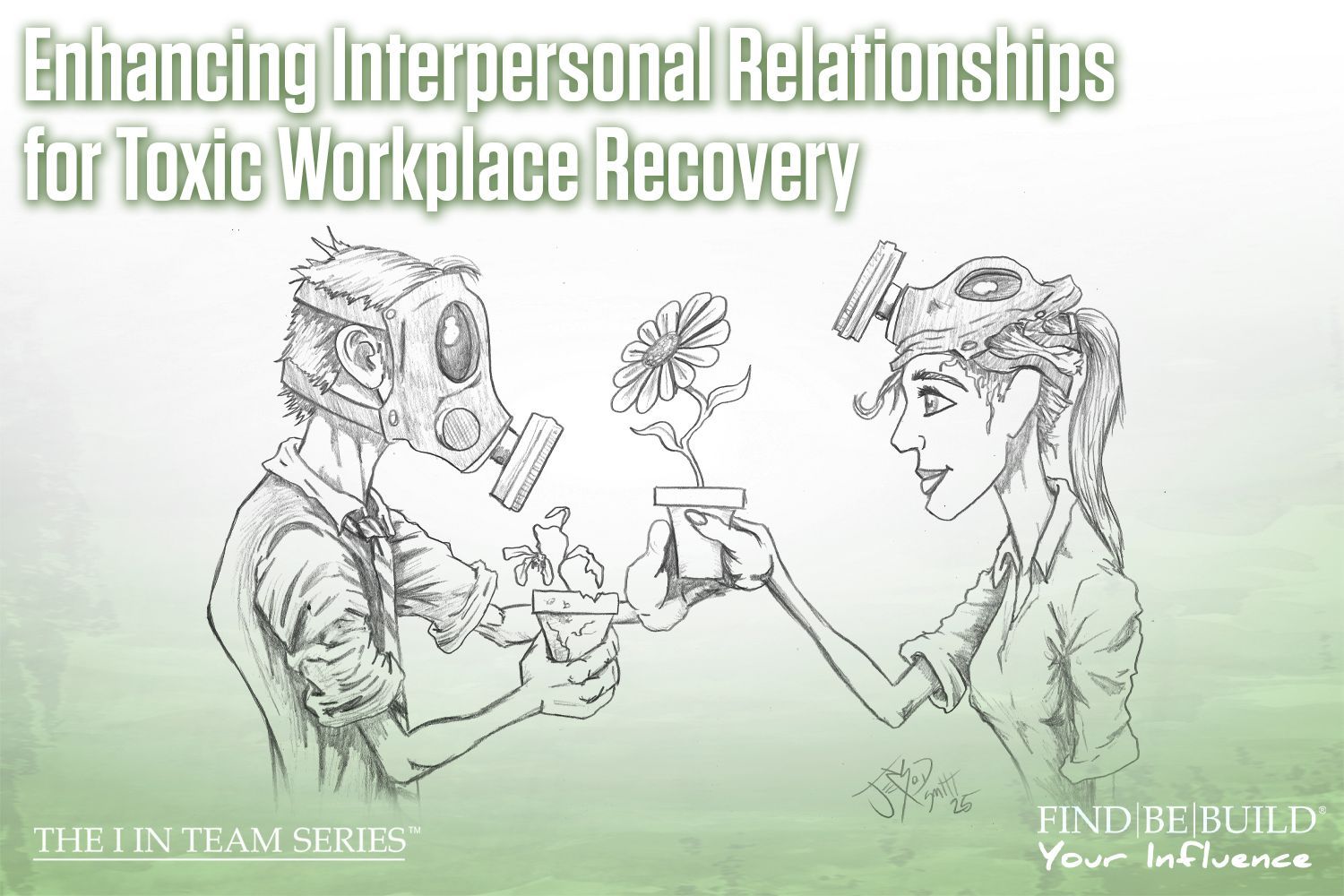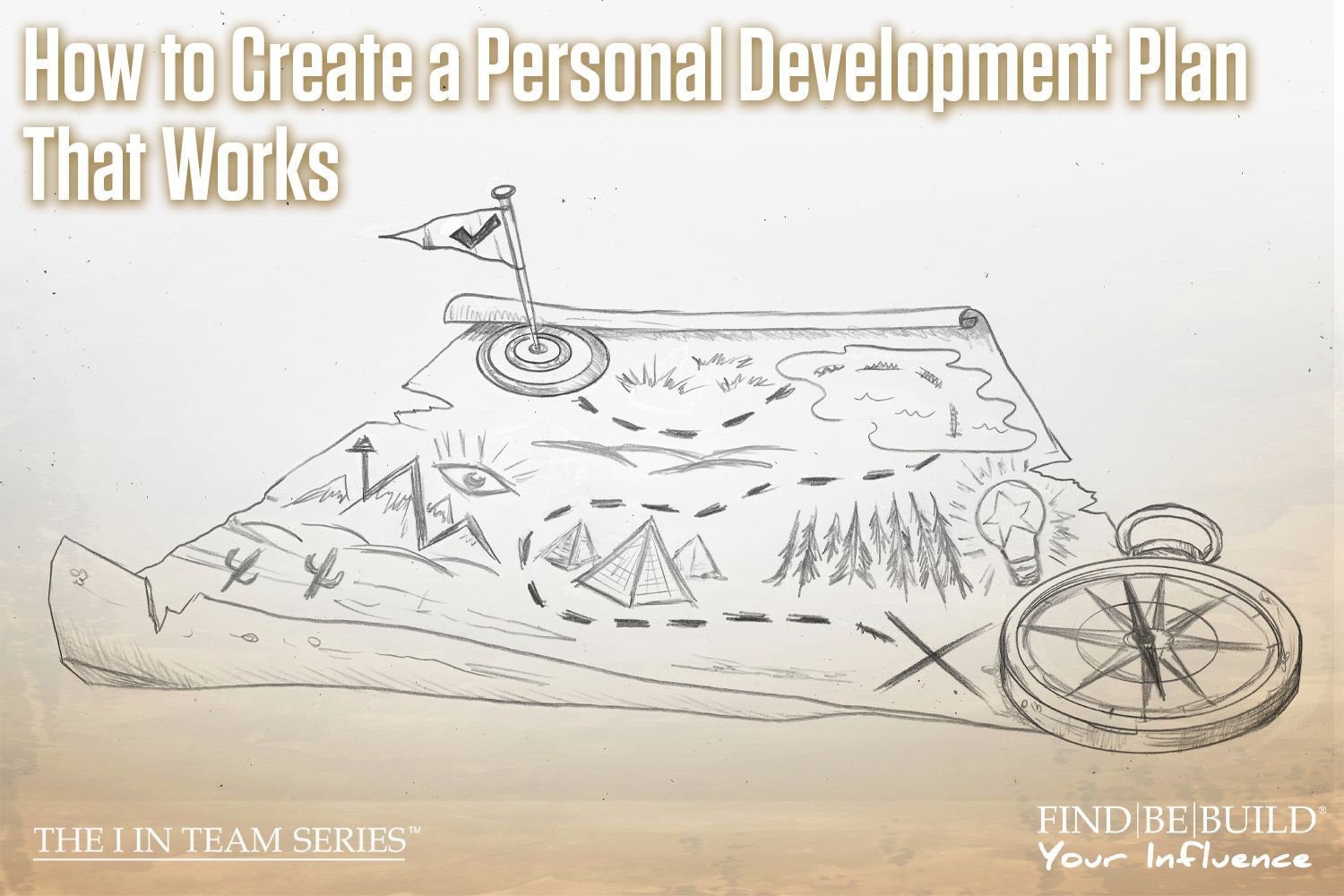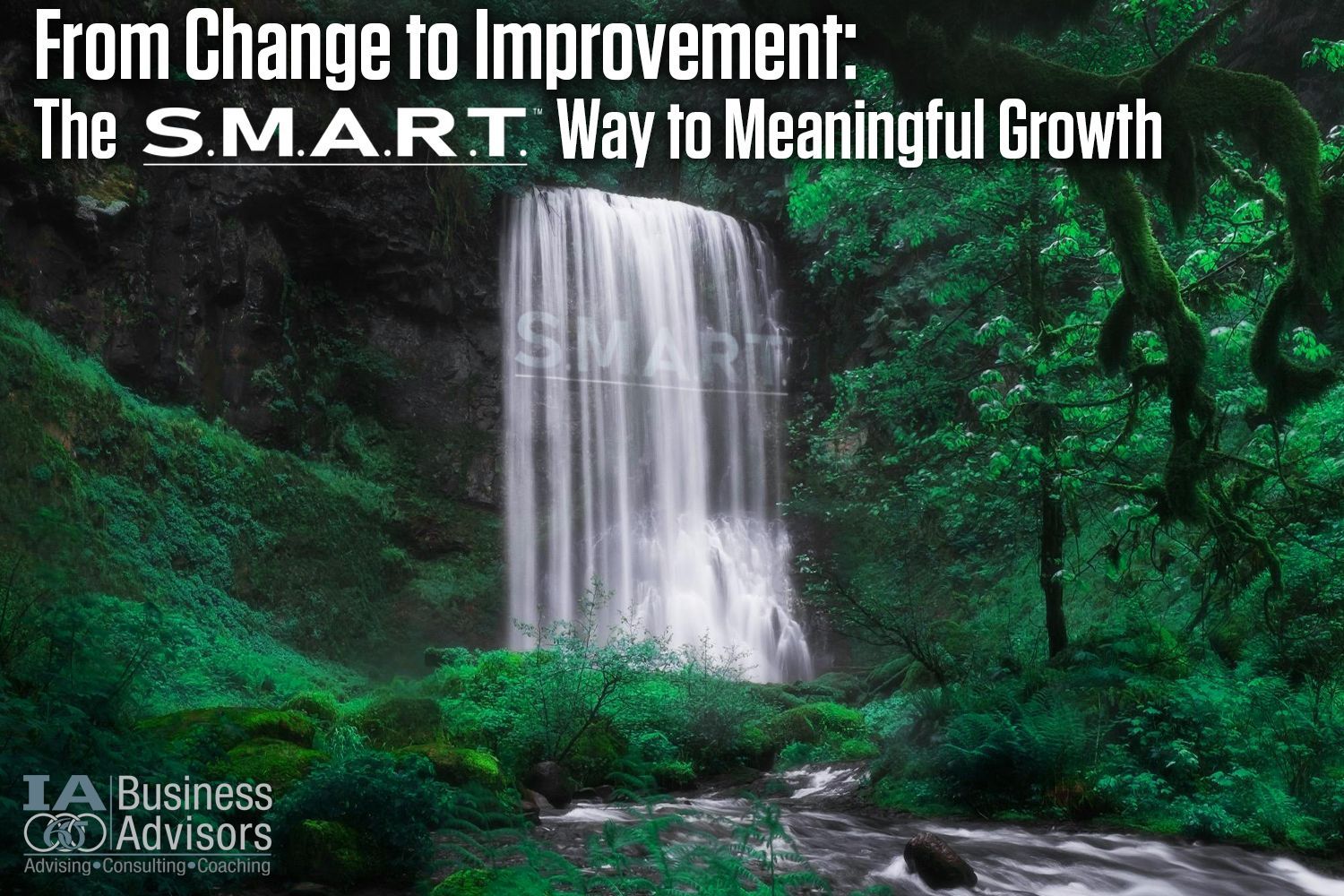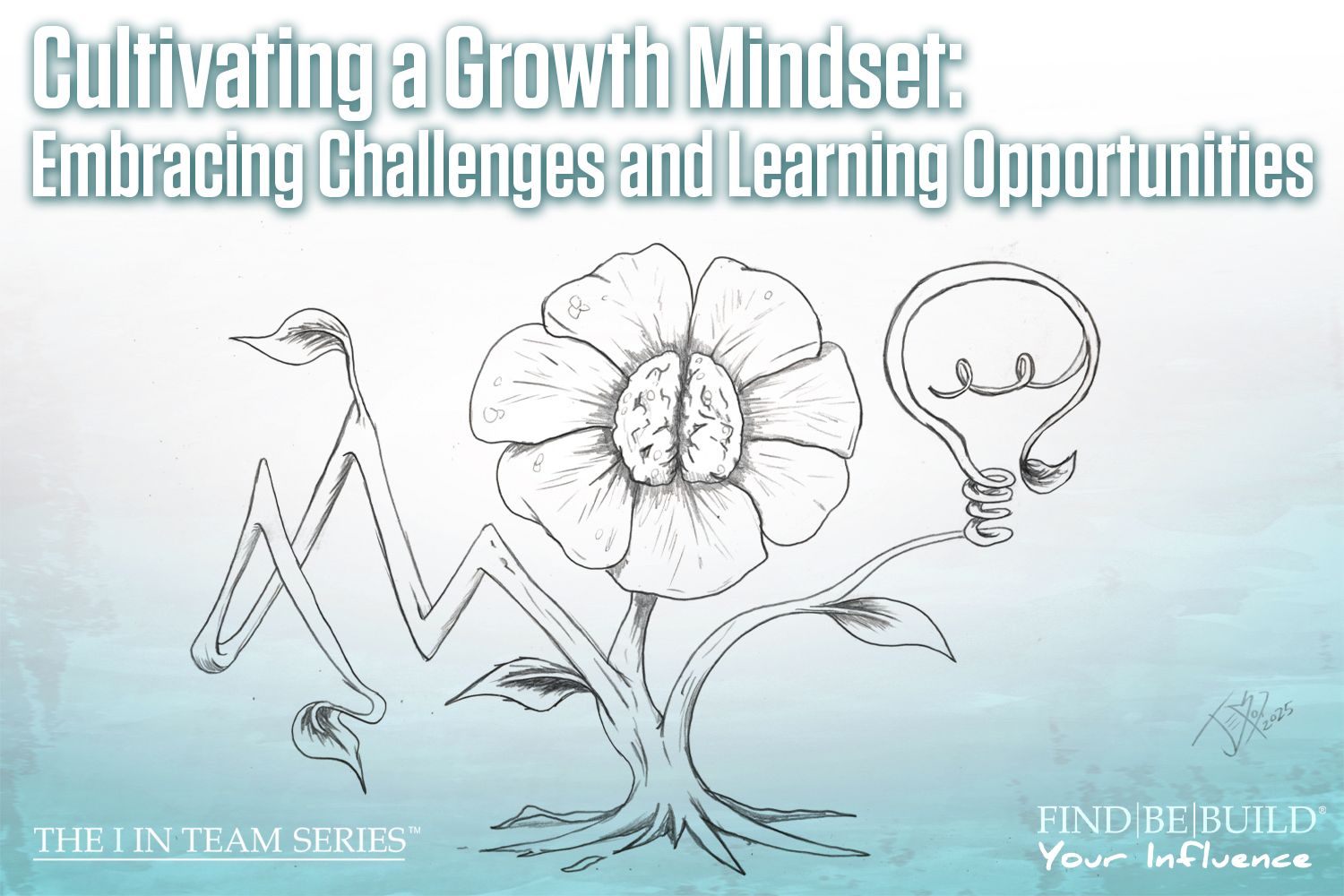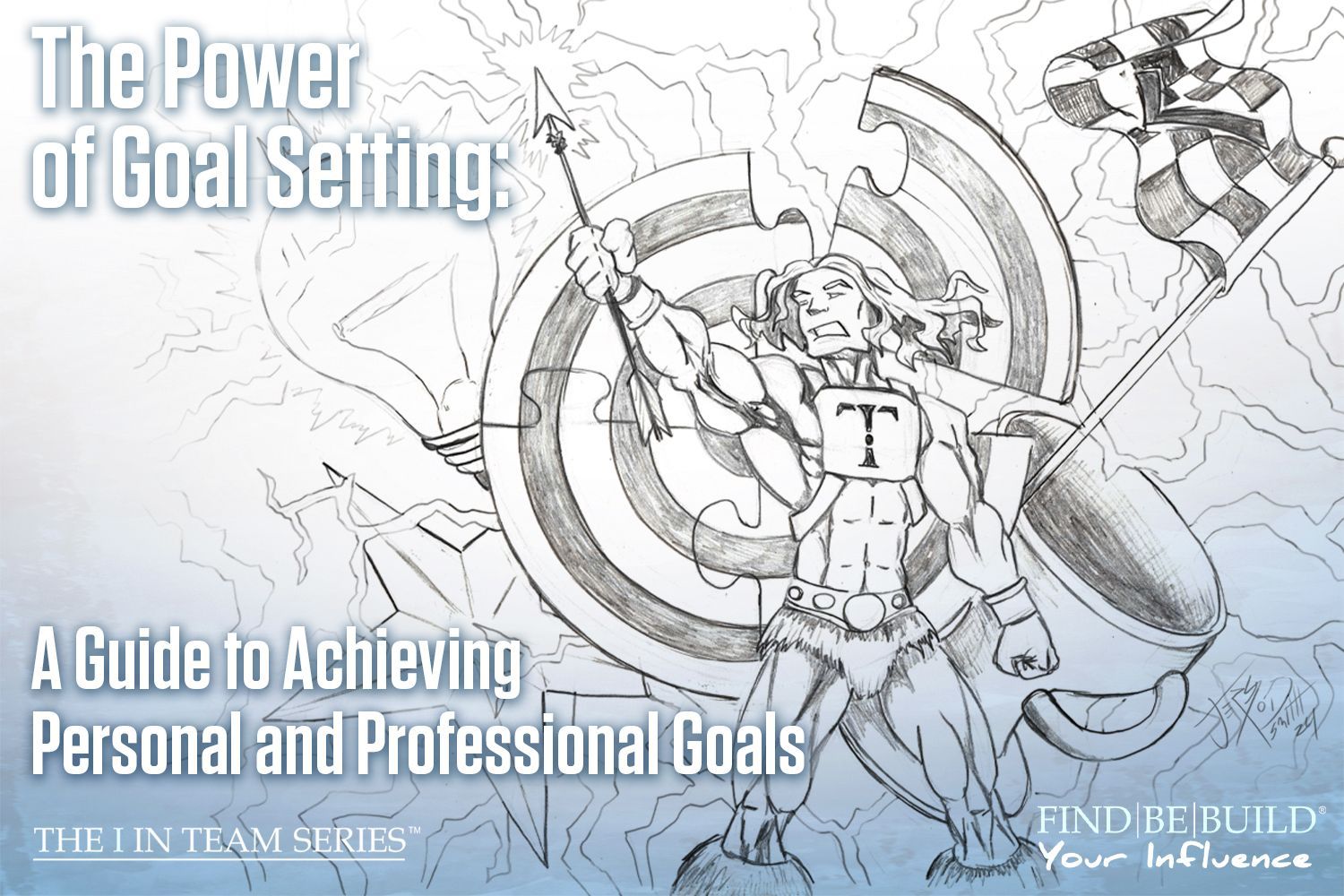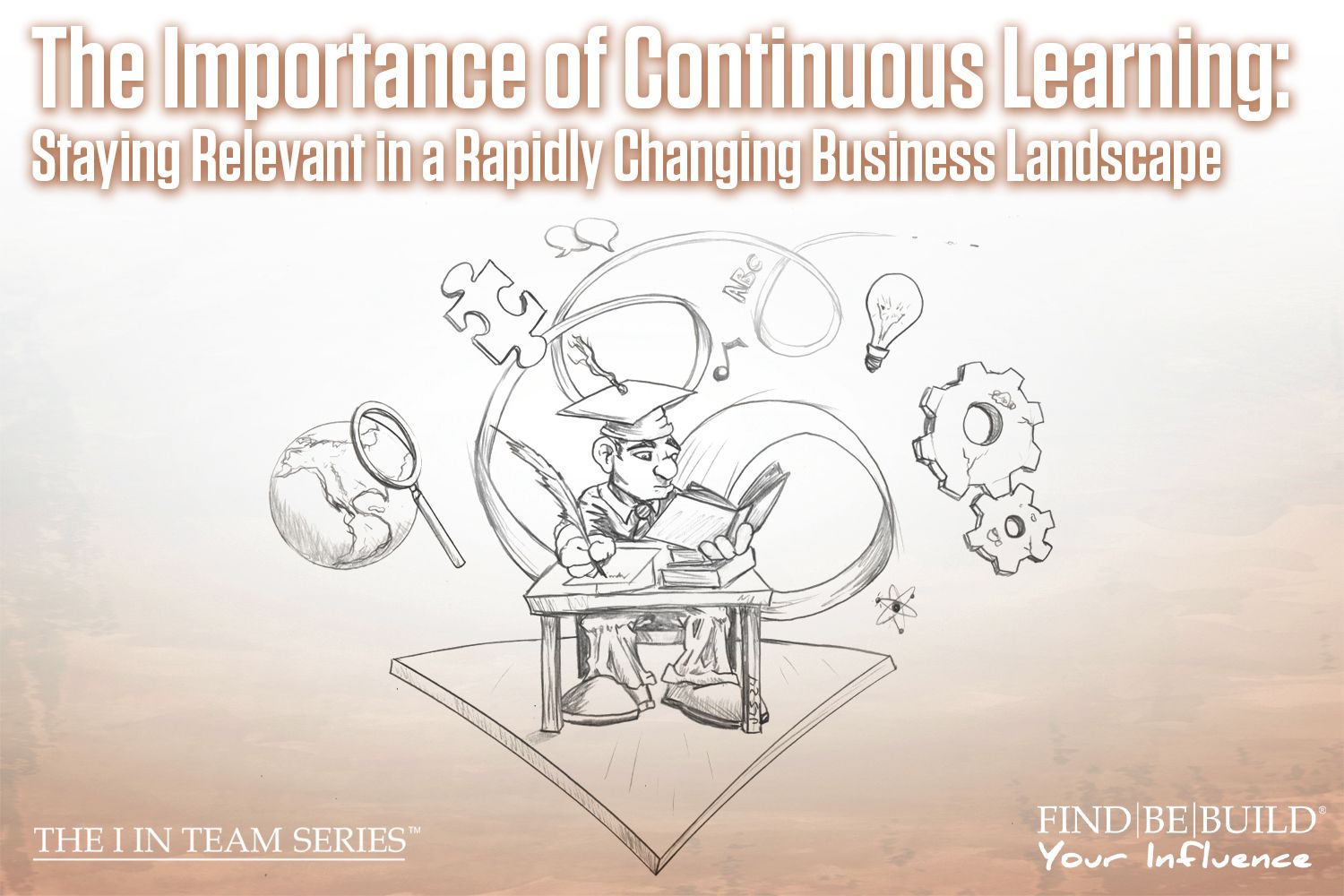Salesperson vs Sales Professional

Sales Professional Strategies
Written by: Adam Koleno
When you think of a salesperson, what is the first image that pops into your head? Some may see a sleazy car salesman with a half-burnt cigarette dangling out of his mouth, a relentless furniture store saleswoman that won’t let you just look around, or even an insurance agent continuously warning you of your impending doom. Now, if I ask you to try and picture what a sales professional looks like, does that image evolve into something different or does it remain consistent? By merely adding the word “professional” as opposed to “person,” does the conjured image really change that much? Probably not, but don’t worry; you are not alone!
Every year, Gallup publishes a poll ranking the most ethical and trustworthy occupations as seen by the American public. As you can see by accessing the link, this list is topped with professions such as nurses, doctors, teachers, and pharmacists. Unfortunately, at the bottom of that list, right above members of Congress, is the lowly salesperson. While this may come as no surprise given the common perception of the industry as a whole, it really doesn’t have to be this way. Employing true sales professionals or transitioning current team members within your organization to become sales professionals will only benefit your company well beyond the additional bottom-line revenue. The transition helps foster better relationships and create more effective interactions with clients and prospects. But what exactly separates a salesperson from a sales professional, and why should we look at them differently?
Before we dig any further into this topic, let’s make one thing clear: Being or becoming a sales professional has nothing to do with having a certain level of education or years of experience. At the end of the day, it doesn’t even matter what is sold or who it is sold to. Believe it or not, I’ve encountered extremely experienced salespeople with over 20 years in the trenches selling top-of-the-line products, who also hold exemplary educational credentials, but still do not come anywhere close to filling the mold of a sales professional. Conversely, I have come across many individuals whom I truly consider sales professionals; they may lack “traditional” education, sell the most mundane of services, and have limited experience in the industry, but they are true professionals.
What is a sales professional?
A sales professional possesses the passion, ambition, discipline, and mindset to push themselves to improve their skills and traits. These individuals have realized that in order to consistently locate and bring sales opportunities to fruition, it is imperative that they continually develop and refine the skill set required to sell most effectively and efficiently. Because of these attributes, sales professionals are incredibly valuable to an employer and will consistently outperform salespeople by simply knowing when, where, and how to invest their skills.
What is the difference?
The differences between a salesperson and a sales professional can influence organizational culture , image, reputation, and long-term success. Because there is no official formalization of the sales industry as a whole, nor are there any general criteria defining a certain level of competency or proficiency, it is often difficult to know who is a professional and who is not. Because of this, we must take a closer look at some of the traits and habits of both the top-level performers as well as the often-struggling pretenders.
Sales professionals understand the value of self-improvement. They constantly read, study, and learn about selling when salespeople already think they know it all.
Because sales can be considered both a science as well as an art form, expanding one’s skill set to evolve techniques, strategies, and tactics is vital for success. Sales professionals understand the importance of investing in themselves, continually trying to add new “arrows to their quivers” by attending workshops, listening to podcasts, and reading countless books and industry publications.
On the other end of the spectrum, salespeople (especially ones that have had or are experiencing mild success) tend to feel that they already know it all. They may feel as if it is not their responsibility to improve themselves or their performance, rarely reading a book or attending additional training opportunities unless it’s mandated by management. To them, it is more than likely just another “job” rather than a career or passion.
Sales professionals are curious and genuinely care about their clients and prospects. Salespeople tend to be short-sighted, self-centered, and care more about their own interests and bank account.
Earlier you were asked to picture what a salesperson looked like in your head. Now, think a little more and try to imagine how that individual would act in a selling situation. Are they aggressive and pushy? Most likely, yes, and they’ll do most of the talking and very little listening. Do they really have the customer’s best interest in mind? Probably not, whatever can pad their pockets quickly and easily is what they are selling the hardest regardless of what is needed. Are they looking for long-term relationships with clients for future referrals? Nope, they more than likely won’t be around for that long anyway.
Unlike salespeople, a sales professional sees it as their duty to continually serve their clients, always looking to design the best possible solution at every opportunity. They would never even think about “pushing” an unsuitable solution simply to make a quick sale. Sales professionals understand that maintaining an admirable, professional reputation means everything and is worth far more than any individual deal. Lastly, true sales professionals continually focus on building long-term relationships with their clients, practically guaranteeing a future filled with repeat and referral business.
Sales professionals are proud of what they do and tend to possess an ownership mentality where salespeople see selling as more of a “job” and not as a “career.”
Can you imagine using an accountant that doesn’t want anyone to know what they do for a living out of sheer embarrassment? Or better yet, would you feel comfortable going to a doctor who actively hides the fact that they are a doctor because they are humiliated to be associated with that profession? Believe it or not, this is a typical mindset of many salespeople. A large percentage of them are outright embarrassed about being involved in their field, so much so that they actively try and hide the fact that they are in sales by cloaking themselves in creative titles like “account manager,” “customer service liaison,” “product specialist,” or “business development representative.” A true sales professional not only relishes in their position and profession, but they also acknowledge that they’re an integral part of the company for which they work. As such, they feel an innate responsibility to look after their best interests.
Why does it matter?
While these are only three of the many differences that separate salespeople from sales professionals, you can begin to see why the public perception of the industry is what it is, and why the opinion of the sales profession, in general, is so incredibly low. When you sit back and really think about it, which image do you want your clients and prospects to imagine when they think of your sales team?
As you can see, not only is it important to develop and implement a process-based, strategic sales plan , it is just as essential to employ professional sales talent. If your staff is currently comprised of individuals with the right attitude and aptitude, but you still consider them to be salespeople, transitioning them into sales professionals will ultimately create a win-win scenario for your company, your clients, and your bottom line. If you’re interested in designing a structured and strategic training plan for your team, contact IA Business Advisors. Our sales professionals would love to get you on the right track to growing your business.
The post Salesperson vs Sales Professional appeared first on IA Business Advisors.
